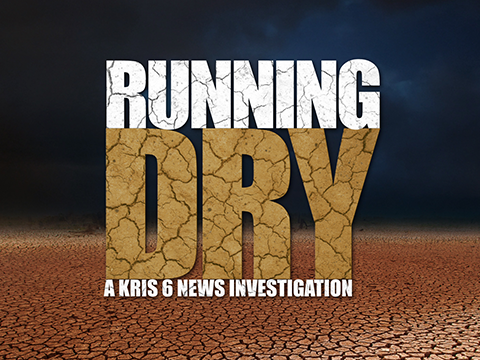In September of 2017 a Texas law was passed allowing people a “second chance,” especially first-time DWI offenders.
The law provides a way for people to have their DWI sealed from public view, which would include potential employers.
A year later this “Second Chance Law” is still a little confusing to many on just how this law works.
The law applies to first-time offenders who have a blood alcohol content of 0.14 or less and did not get into a crash or hurt someone.
“Make no mistake, pretrial diversion is not a cakewalk; you have to go through certain steps and do up to a year, or a couple of years, of pretrial diversion classes, chemical dependency classes, alcoholics anonymous, all these things you have to go through, the impact of your drinking you have to face. And you have to get counseling, and you are placed on probation,”said Attorney Joe Flores.
Attorney Joe Flores, who deals with all types of cases, along with drunken driving cases, says if somebody has a blood alcohol level above 0.14, and have not fully paid court fines, or if they struck a pedestrian or a vehicle with someone inside, then the game changes dramatically.
“That is pretty much an automatic felony. If they hit a regular citizen instead of a first responder, it’s a third degree, 2-10 years in prison is what they can face and up to 2 years of suspension of their license. But if they hit a first responder, it’s aggravated and goes up to a second degree which is 2-20 years. And if they kill somebody, it can be intoxication manslaughter, a second degree, but if they hit a first responder and kill them, and of course it goes up, and it can be 5-99 years,” said Flores.
Under Texas law, driving while intoxicated by drugs or alcohol is a criminal offense that can have extremely serious legal consequences.
“Not only do you face criminal charges, but you can be sued for hurting somebody, and it can be beyond your car policy limits, and you can get punitive damages, which are not to make the person whole but to punish you with millions of dollars,” said Flores.
This 2nd Chance Law does not mean this is a get-out-of-jail-free card for drunk drivers. The guidelines are very strict. It does not apply to everybody.
If you have a violent history, or you have other misdemeanors or felonies, this program will not help you.
“The pretrial diversion is not a hall pass for you to get away with anything. I think that the district attorney here has done an excellent job, but there are first chances for people, but not second or third or if you hurt someone your first time, you are not going to get this,” said Flores.
And, although a nondisclosure order would seal criminal records from public view, law enforcement agencies and a few other entities will still be able to view the records when necessary.
The bill, which returns to the House to consider Senate changes, expands on similar legislation that became law in 2015 and applied to nonsexual class A and B misdemeanors that do not involve family violence.
For those with a DWI conviction, HB 3016 would allow a court order of nondisclosure only after six months of successful use of an ignition interlock device or five years after completing the sentence.
While drunk or drugged driving is illegal across the United States, each state has specific laws defining the offense and its associated legal penalties.
In Texas, the general drunk driving law is found in Texas Penal Code Title 10, Chapter 49.
The statute defines the term “intoxicated” in two distinct ways:
- Not having the normal use of your mental and physical faculties due to the consumption of drugs or alcohol; and/or
- Having a BAC of .08 percent or more.
For certain classes of drivers, the BAC limit is lower. For example, drivers who are under 21 years of age are prohibited from driving with any detectable amount of alcohol in their system, and commercial drivers are subject to a .04 percent legal limit.

